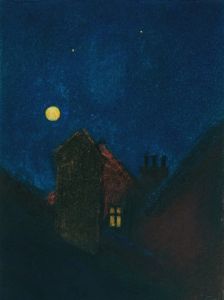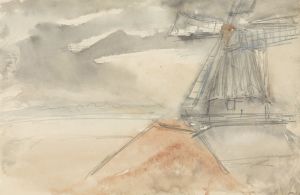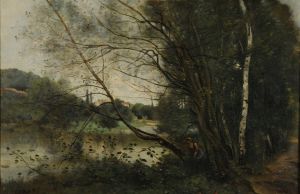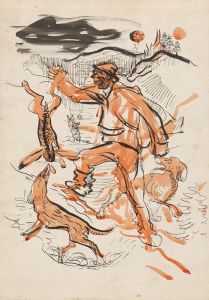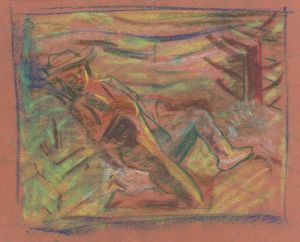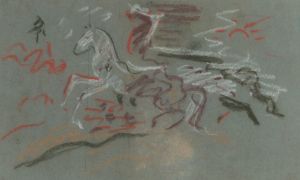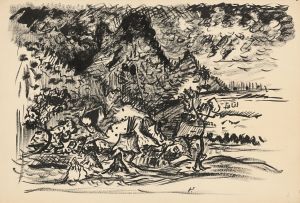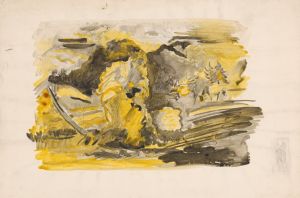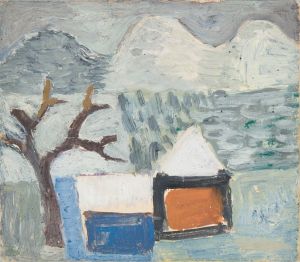
Lane
A hand-painted replica of Arnold Peter Weisz-Kubínčan’s masterpiece Lane, meticulously crafted by professional artists to capture the true essence of the original. Each piece is created with museum-quality canvas and rare mineral pigments, carefully painted by experienced artists with delicate brushstrokes and rich, layered colors to perfectly recreate the texture of the original artwork. Unlike machine-printed reproductions, this hand-painted version brings the painting to life, infused with the artist’s emotions and skill in every stroke. Whether for personal collection or home decoration, it instantly elevates the artistic atmosphere of any space.
Arnold Peter Weisz-Kubínčan was a Slovak painter known for his contributions to modern art in the early 20th century. One of his notable works is "Lane," a painting that exemplifies his unique style and artistic vision. Weisz-Kubínčan was born on February 3, 1898, in Dolný Kubín, which was then part of the Austro-Hungarian Empire and is now in Slovakia. He studied at the Academy of Fine Arts in Budapest and later in Vienna, where he was influenced by various modernist movements.
"Lane" is a painting that captures a serene and picturesque scene, typical of Weisz-Kubínčan's ability to blend natural landscapes with a sense of tranquility and introspection. The painting features a narrow path or lane, likely set in a rural environment, surrounded by lush greenery and possibly trees or shrubs. The composition of the painting is designed to draw the viewer's eye along the path, inviting them to imagine walking down the lane and experiencing the peacefulness of the setting.
Weisz-Kubínčan's technique in "Lane" showcases his mastery of color and light. He often used a palette that included soft, muted tones, which helped to create a calming and harmonious atmosphere in his works. The brushwork in "Lane" is delicate and precise, reflecting his attention to detail and his ability to convey the textures and forms of the natural world.
Throughout his career, Weisz-Kubínčan was influenced by various artistic movements, including Impressionism and Post-Impressionism. These influences are evident in "Lane," where the emphasis on light and color, as well as the depiction of a serene landscape, align with the principles of these movements. However, Weisz-Kubínčan also brought his own unique perspective to his work, often infusing his paintings with a sense of personal reflection and emotional depth.
Arnold Peter Weisz-Kubínčan's life and career were tragically cut short during World War II. As a Jewish artist living in Slovakia, he faced persecution under the Nazi regime. In 1944, he was arrested and deported to a concentration camp, where he ultimately perished. Despite his untimely death, Weisz-Kubínčan left behind a legacy of remarkable artworks that continue to be appreciated for their beauty and emotional resonance.
"Lane" stands as a testament to Weisz-Kubínčan's talent and his ability to capture the essence of the natural world. The painting not only reflects his technical skill but also his deep appreciation for the tranquility and beauty of rural landscapes. Today, his works are held in various collections and continue to be studied and admired by art enthusiasts and scholars alike.





